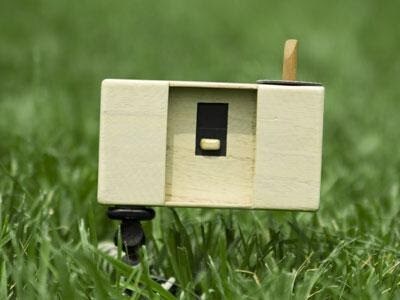Pinhole Camera - Definition, How To Make a Pinhole Camera, Images, FAQs
A pinhole camera is a simple camera that forms an image without using any lens. It works on the principle of rectilinear propagation of light which means light travels in straight lines. In this article we explain what a pinhole camera is, how a pinhole camera works, how to make a pinhole camera at home, the uses of a pinhole camera and the characteristics of the image formed by it. This topic is very important for Class 6 Science school exams and competitive exams where questions on light, shadows and reflections are often asked.
This Story also Contains
- What is a Pinhole Camera?
- Pinhole Camera Images
- How to make a pinhole camera? (Pinhole camera for class 6)
- How to make a pinhole camera using household items?
- Pinhole Camera Image Features
- What are the Uses of a Pinhole Camera?
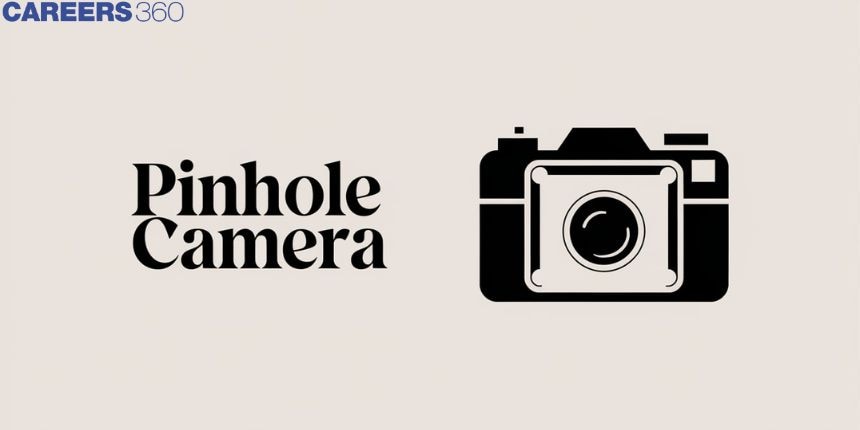
Also check-
What is a Pinhole Camera?
A pinhole camera is a simple optical device that forms an image without using any lens or mirror. It works on the principle that light travels in straight lines. When light passes through a tiny pinhole, it produces an inverted and real image of the object on the opposite screen.
Before understanding the pinhole camera, remember that a camera is an instrument used to capture images. Modern digital cameras use lenses, but the pinhole camera is the earliest form of a camera and is widely used to demonstrate the basic behaviour of light.
You may have noticed small bright spots of sunlight on the ground when light passes through holes in leaves or damaged roofs. These holes act like natural pinhole cameras.
Pinhole Camera Images
|
|
|
|
Fig1. Pinhole Camera |
Fig 2. Simple Camera |
How to make a pinhole camera? (Pinhole camera for class 6)
Let’s first understand the working of a pinhole camera and then let's try to understand the principle. Now let’s join two hollow cylindrical boxes of different diameters in such a way that one box can just slide with the other as shown in figure below now what do we do we make a small hole in the larger cylinder there and also make two holes in the smaller slender the one inside fine but there is one care you need to take the inner hole has to be rectangular and the outer hole has to be circular. We now fix a translucent paper say a tracing paper on the rectangular hole because that’s going to act as a screen now very importantly these two cylinders must been closed so that you can prevent light from entering the larger cylinder that will mess up our image.
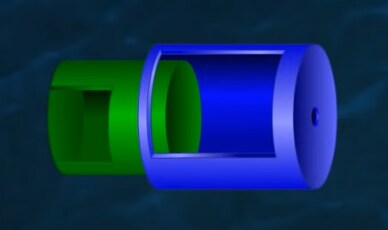
Fig 3. Pinhole camera Model
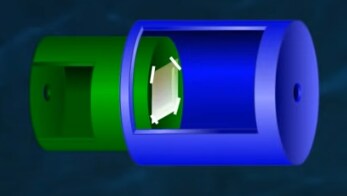
Fig 4. Pinhole camera Model
Now use this pinhole camera and try looking at a tree. A clear image of this tree can be obtained on the screen if you slide the smaller cylinder back and forth. Now how exactly did it happen let's look at this diagram the three is say M, N.
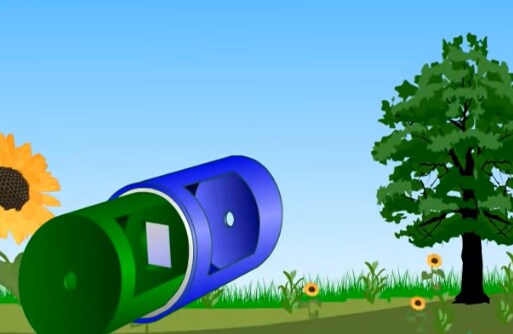
Fig 5. Pinhole camera Model
M is the topmost point n is the bottom most point the light rays coming from the bottom of the tree that is n they pass through the small hole and flag the screen at the top of the access and - can you see that and the light ray is coming from the top of the tree that is M strike at the bottom of the axis that is M.
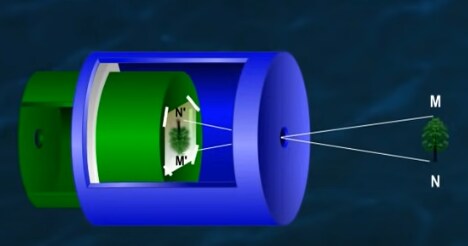
Fig 5. Pinhole camera Model
Now what happens as a result as you can see an inverted and also a much smaller image of the tree is what you get on the tracing paper. For that all you need to do is slide the smaller cylinder also one more thing the image depends on the size of the pinhole. The lesser the size of the pinhole the sharper the image will be and of course vice versa.
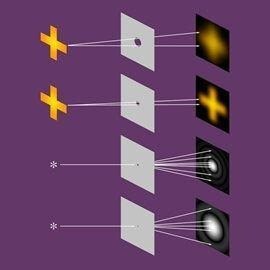
Fig 6. Pinhole camera image formation with different hole size
If the size of the hole in a pinhole camera is as large as the size of a green gamut, the sharpness of the image will decrease. The image becomes thick and the image is blurred. If the hole size of the pinhole camera is increased, more light will enter and disrupt the imaging process.
|
Related Topics Link, |
How to make a pinhole camera using household items?
1. Get a small box like a shoebox or coffee can
2. Paint the box completely black to block the light
3. Appropriately determine the distance between the film and the light source and create a round pinhole at the bottom of the box
4. Create a shutter by cutting out a thick sheet of black paper (2 x 2 inches ideally)
5. Use strong tape to hold the shutter in position
6. Use light glue to control the shutter cover and light entering the box 7. Make a viewfinder out of cardboard
Also read : NCERT Solutions for Class 6 Science Chapter 11 - Light, Shadows and Reflections
Pinhole Camera Image Features
• Real images are obtained when images are captured on the sheet.
• The size of the resulting image is relatively smaller than the actual object.
• The image is reversed on the y axis as well as on the x axis.
• Imaging can be used to analyze light transmission through space.
What are the Uses of a Pinhole Camera?
-
The image produced by the pinhole camera can be projected on a translucent screen for real-time viewing or observation of the solar or lunar eclipse.
-
A common use of pinhole photography is to capture the movement of the sun over a long period of time.
-
Pinhole cameras are sometimes used for surveillance because they are difficult to detect.
Also read -
- NCERT Solutions for Class 11 Physics
- NCERT Solutions for Class 12 Physics
- NCERT Solutions for All Subjects
NCERT Physics Notes:
Frequently Asked Questions (FAQs)
The pinhole camera is the simplest camera. It consists of a shading box, some kind of film and pinholes. When the light passes through the pinhole, an inverted image is generated on the back of the box.
The pinhole camera is a simple camera used by photographers. Besides artistic reasons, it is also used to observe the movement of the sun in the eclipse sky, and to watch eclipses.
The concept of creating a pinhole is to block unnecessary rays of light as it passes through the pinhole. This will produce a sharp image of the object being displayed.
It is also called the camera obscura.
The biggest drawback is that it is very slow and requires a very high f / number and long exposure. That is, you need to hold the camera very quietly.
Ibnal Haytham invented the pinhole camera. He was an Arab scholar, who first studied the pinhole camera and showed how light could be used to project an image onto a flat surface using a camera.
If you increase the size of the hole in the pinhole camera, the sharpness of the image you can get will be reduced. Also, the image is thickly blurred. This is because as the size of the hole increases, the amount of light entering the box increases, which prevents the formation of the image.
The images formed with the pinhole camera are real, inverted, and small.
To get a focused image, the pinhole diameter should be 0.236mm.

